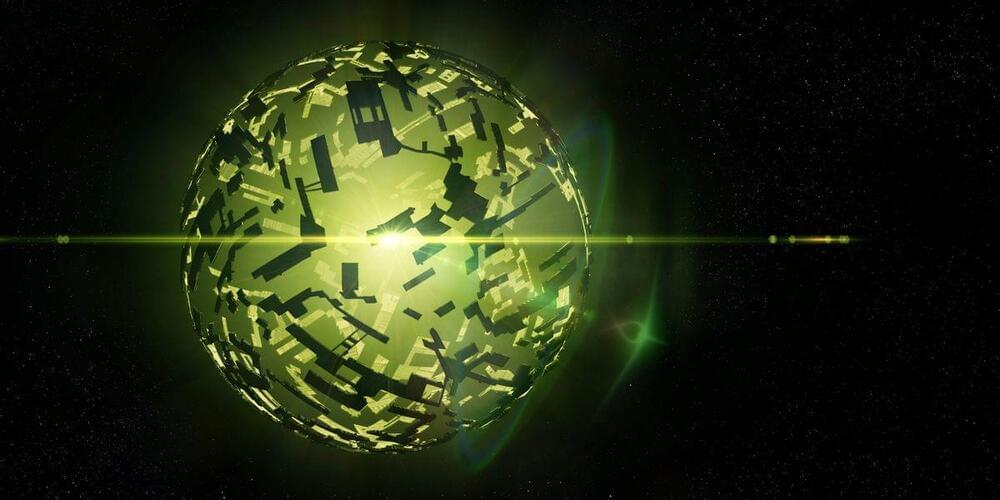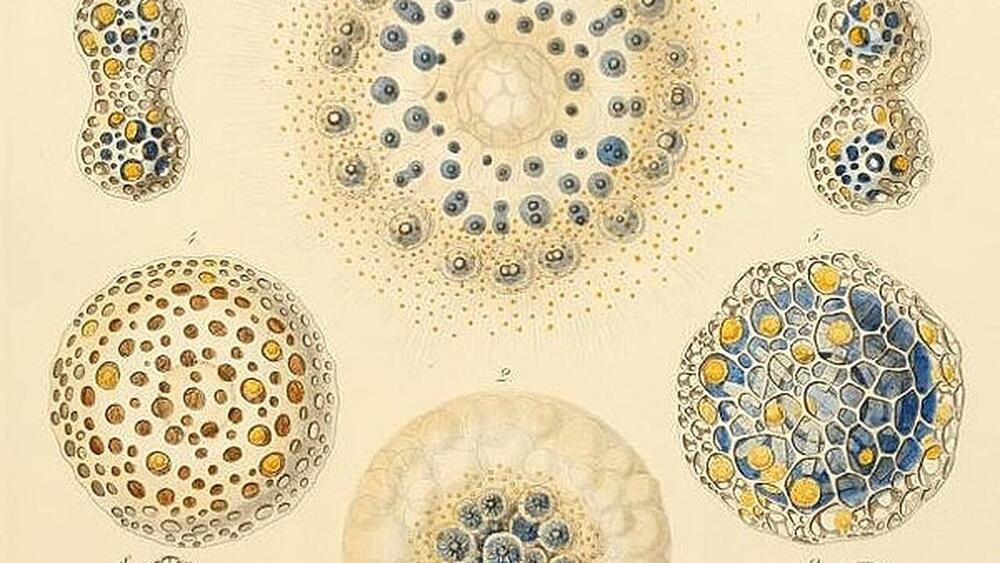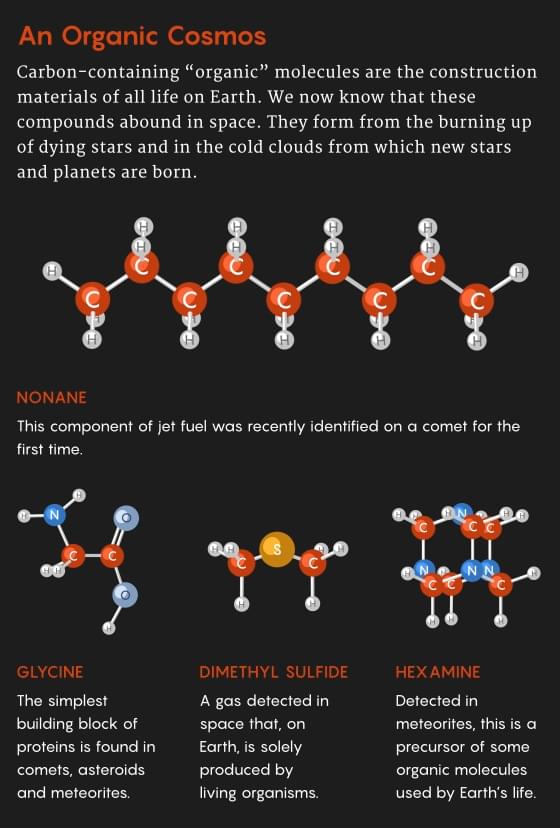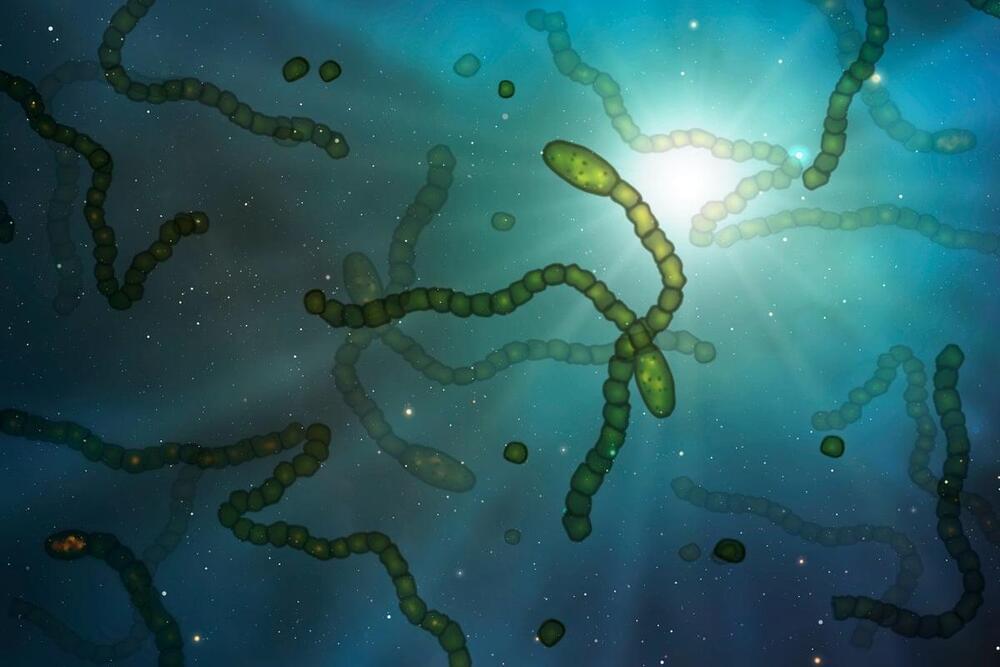Archive for the ‘alien life’ category: Page 2
Dec 25, 2024
From Earth to alien worlds: Exploring the fundamental limits to life
Posted by Saúl Morales Rodriguéz in categories: alien life, evolution, genetics
Extraterrestrial and artificial life have long captivated the human mind. Knowing only the building blocks of our own biosphere, can we predict how life may exist on other planets? What factors will rein in the Frankensteinian life forms we hope to build in laboratories here on Earth?
An open-access paper published in Interface Focus and co-authored by several SFI researchers takes these questions out of the realm of science fiction and into scientific laws.
Reviewing case studies from thermodynamics, computation, genetics, cellular development, brain science, ecology, and evolution, the paper concludes that certain fundamental limits prevent some forms of life from ever existing.
Dec 25, 2024
Mars Is Likely Hiding Oceans Worth Of Water Deep In Its Crust — This Could Upend Our Plans For the Planet
Posted by Shubham Ghosh Roy in categories: alien life, futurism
Link :
A year and a half after the end of its mission, NASA’s InSight Mars lander may have just helped scientists find enough water to fill an ocean.
Deep beneath NASA’s InSight lander (RIP InSight), an ocean’s worth of liquid water may be trapped in rocky fissures, suggests a recent study of data recorded during more than 1,300 Marsquakes. If University of California, San Diego, geologist Vashan Wright and his colleagues are right, then Mars may be hiding underground reservoirs of water larger than the planet’s ancient, now-vanished, oceans. That could change how we search for traces of life on Mars, as well as how future Mars missions could supply themselves with water, rocket fuel, and oxygen to breathe.
Dec 24, 2024
The Universe Is Teeming With Complex Organic Molecules
Posted by Shubham Ghosh Roy in category: alien life
Wherever astronomers look, they see life’s raw materials—and hints at answers to one of the great mysteries of science.
Dec 23, 2024
Ancient volcanic ash on Mars could offer new clues in search for extraterrestrial life
Posted by Shubham Ghosh Roy in categories: alien life, climatology
Researchers believe dark rocks at the site of a future Mars rover landing mission may be left over from ancient volcanic eruptions, and may be protecting signs of life — if there ever was life on Mars.
Dec 21, 2024
Keith Wiley — The Fermi Paradox, Self-Replicating Probes, Interstellar Transport Bandwidth
Posted by Dan Breeden in categories: alien life, existential risks, transportation

It has been widely acknowledged that self-replicating space-probes (SRPs) could explore the galaxy very quickly relative to the age of the galaxy. An obvious implication is that SRPs produced by extraterrestrial civilizations should have arrived in our solar system millions of years ago, and furthermore, that new probes from an ever-arising supply of civilizations ought to be arriving on a constant basis. The lack of observations of such probes underlies a frequently cited variation of the Fermi Paradox. We believe that a predilection for ETI-optimistic theories has deterred consideration of incompatible theories. Notably, SRPs have virtually disappeared from the literature. In this paper, we consider the most common arguments against SRPs and find those arguments lacking. By extension, we find recent models of galactic exploration which explicitly exclude SRPs to be unfairly handicapped and unlikely to represent natural scenarios.
We also consider several other models that seek to explain the Fermi Paradox, most notably percolation theory and two societal-collapse theories. In the former case, we find that it imposes unnatural assumptions which likely render it unrealistic. In the latter case, we present a new theory of interstellar transportation bandwidth which calls into question the validity of societal-collapse theories.
Finally, we offer our thoughts on how to design future SETI programs which take the conclusions of this paper into account to maximize the chance of detection.
Fermi Paradox paper on Arxiv http://arxiv.org/abs/1111.
Von Neumann Self-Replicating Probes. Percolation Theory, Interstellar Societal Collapse, ETI May Still Exist in our Galaxy.
Dec 21, 2024
We assume alien life needs conditions similar to Earth. This Harvard scientist’s research says think again
Posted by Arthur Brown in category: alien life
Up to now, the search for extraterrestrial life has focused on finding a planet like our own. But could alien biology create its own habitable havens?
Dec 19, 2024
Earth Life Found inside Ryugu Asteroid Samples
Posted by Arthur Brown in category: alien life
Material from asteroid Ryugu riddled with earthly microbes provides a cautionary tale for scientists seeking signs of alien life.
By Sharmila Kuthunur edited by Lee Billings.
Dec 18, 2024
Are We Living In The Dark Forest? | An Answer to the Fermi Paradox
Posted by Jose Ruben Rodriguez Fuentes in categories: alien life, existential risks

Is advanced alien life hiding from human eyes? Join us… and find out!
Subscribe: https://wmojo.com/unveiled-subscribe.
Continue reading “Are We Living In The Dark Forest? | An Answer to the Fermi Paradox” »
Dec 16, 2024
How to Win an Interstellar War
Posted by Jose Ruben Rodriguez Fuentes in category: alien life

Check out some of our favorite shop products here: https://kgs.link/shop Our shop is not only our most important source of income, but our passion project where we create sciencey products with of lot of love and detail.
Sources \& further reading: https://sites.google.com/view/sources…














